Increasing Prevalence of Atrial Fibrillation
The rising incidence of atrial fibrillation (AF) is a critical driver for the Transseptal Access System Market. AF affects millions of individuals worldwide, leading to a growing demand for effective treatment options, including catheter ablation procedures that require transseptal access. Recent statistics indicate that the prevalence of AF is expected to increase by 2% annually, further amplifying the need for specialized access systems. As healthcare systems strive to manage this condition more effectively, the demand for transseptal access systems is anticipated to rise correspondingly. This trend underscores the importance of the Transseptal Access System Market in addressing the challenges posed by AF, as it plays a pivotal role in facilitating minimally invasive interventions.
Regulatory Support for Innovative Medical Devices
Regulatory support for innovative medical devices is a crucial factor influencing the Transseptal Access System Market. Regulatory bodies are increasingly recognizing the importance of facilitating the approval process for new technologies that enhance patient care. This support is particularly relevant for transseptal access systems, which are essential for various cardiac procedures. Recent initiatives aimed at expediting the review and approval of innovative devices suggest a favorable environment for market growth. As regulatory frameworks evolve to accommodate advancements in medical technology, the Transseptal Access System Market is likely to experience accelerated development and adoption of new products, ultimately benefiting healthcare providers and patients alike.
Shift Towards Minimally Invasive Cardiac Procedures
The Transseptal Access System Market is significantly influenced by the ongoing shift towards minimally invasive cardiac procedures. As patients and healthcare providers increasingly favor less invasive options, the demand for transseptal access systems is expected to grow. These systems enable procedures such as left atrial appendage closure and transcatheter mitral valve repair, which are associated with reduced recovery times and lower complication rates. Market analysis suggests that the minimally invasive cardiac procedure segment is projected to expand at a rate of 7% annually, reflecting a broader trend in surgical practices. This shift not only enhances patient satisfaction but also positions the Transseptal Access System Market as a vital component in the evolution of cardiac care.
Rising Investment in Cardiac Healthcare Infrastructure
Investment in cardiac healthcare infrastructure is a significant driver for the Transseptal Access System Market. As healthcare systems worldwide allocate more resources to enhance cardiac care capabilities, the demand for advanced transseptal access systems is likely to increase. This investment encompasses the establishment of specialized cardiac centers and the procurement of state-of-the-art medical equipment, which includes transseptal access devices. Recent reports indicate that spending on cardiac healthcare infrastructure is expected to rise by 10% over the next few years, reflecting a commitment to improving patient outcomes. Consequently, the Transseptal Access System Market stands to benefit from this trend, as healthcare providers seek to adopt the latest technologies to meet the growing needs of their patient populations.
Technological Innovations in Transseptal Access Systems
The Transseptal Access System Market is experiencing a surge in technological innovations that enhance procedural efficiency and patient outcomes. Advanced imaging techniques, such as 3D echocardiography and fluoroscopy, are being integrated into transseptal procedures, allowing for improved visualization and precision. Furthermore, the development of novel catheter designs and materials is facilitating safer and more effective access to the left atrium. According to recent data, the market for transseptal access systems is projected to grow at a compound annual growth rate of approximately 8% over the next five years, driven by these technological advancements. As healthcare providers increasingly adopt these innovations, the Transseptal Access System Market is likely to witness a significant transformation, ultimately benefiting both clinicians and patients.


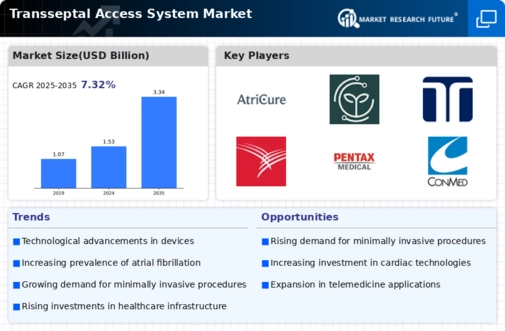
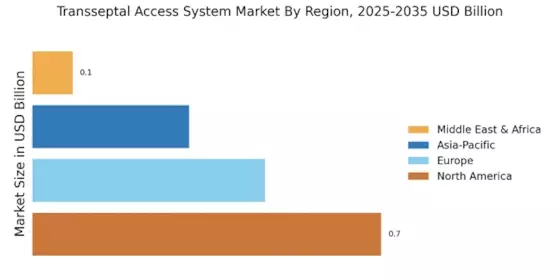

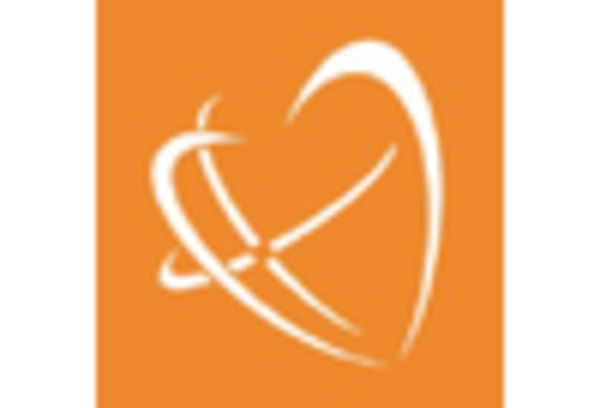

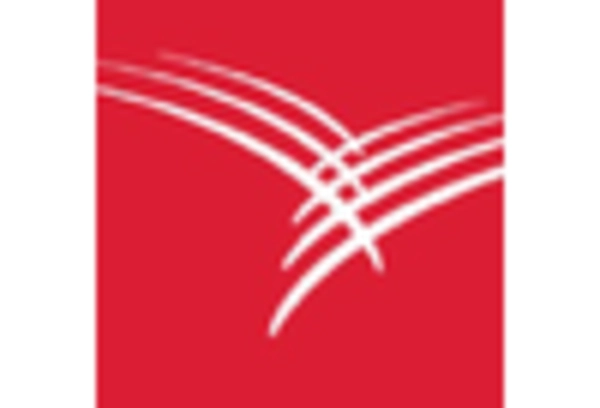

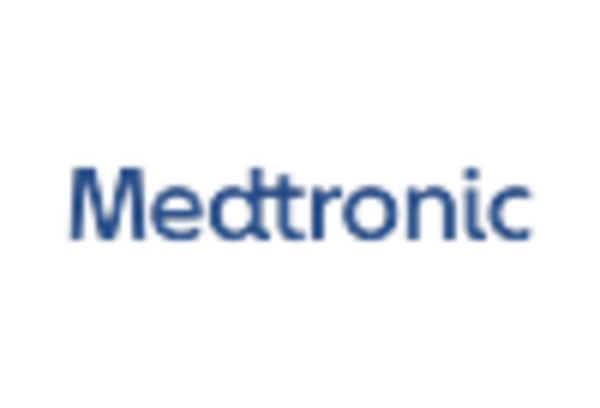








Leave a Comment